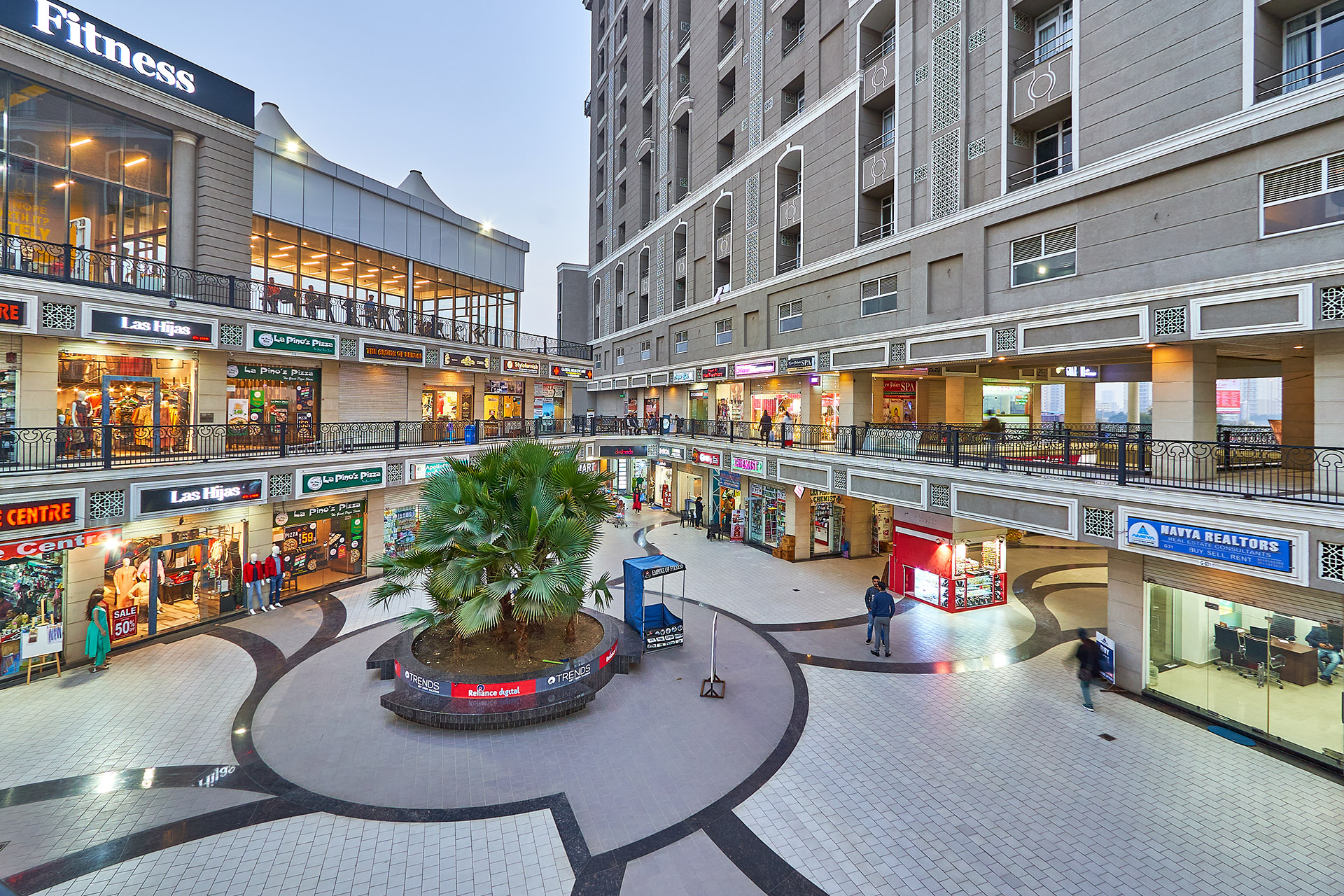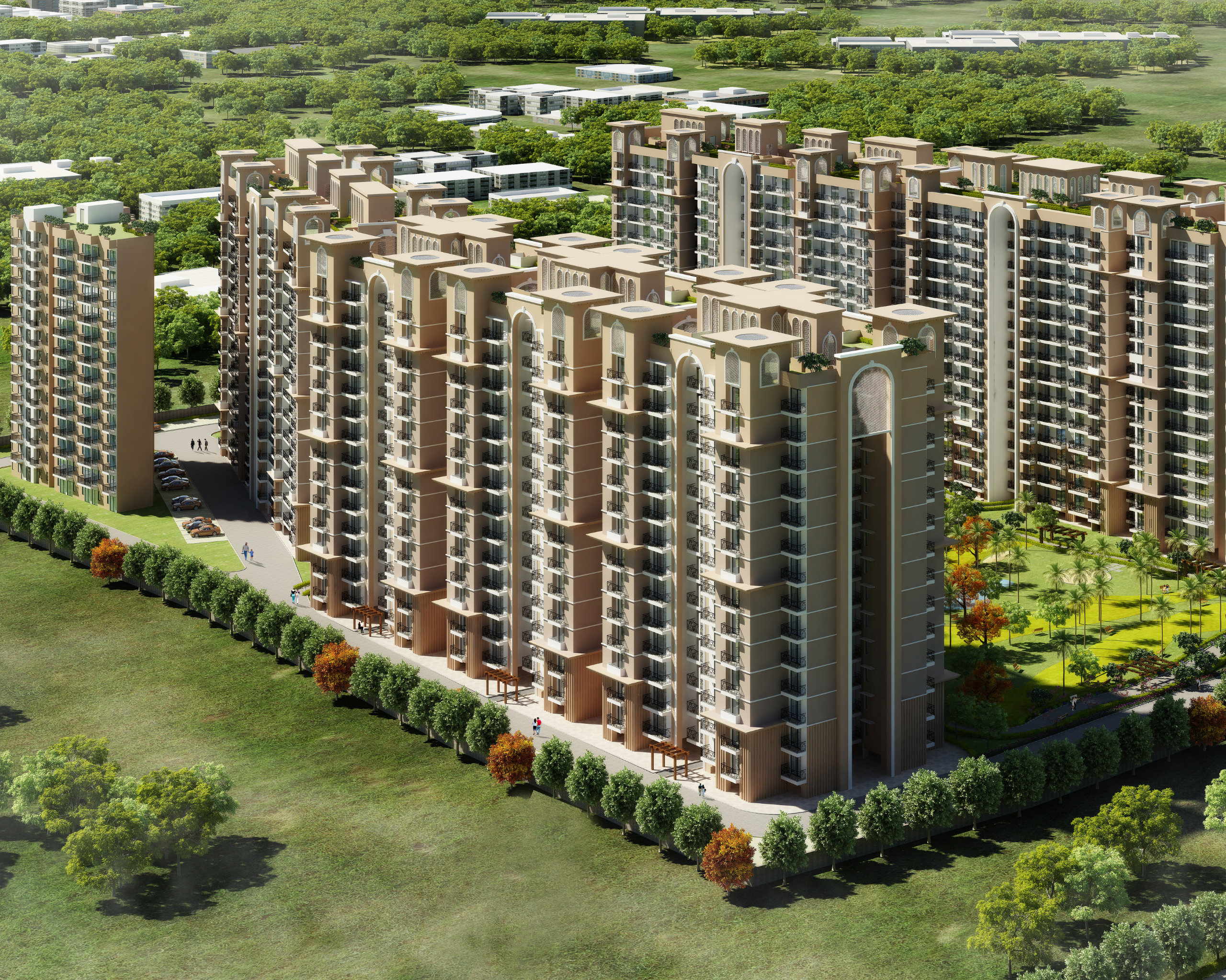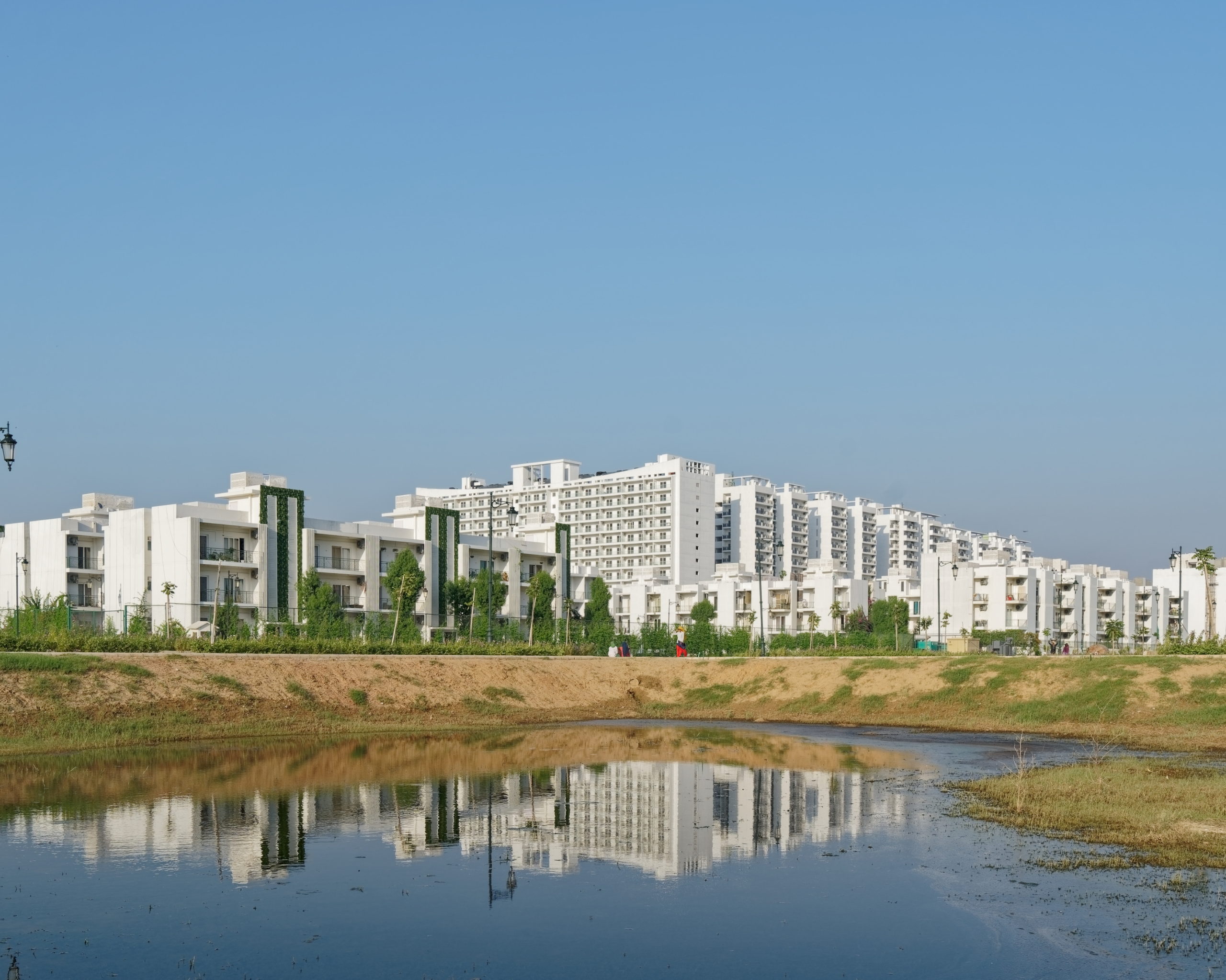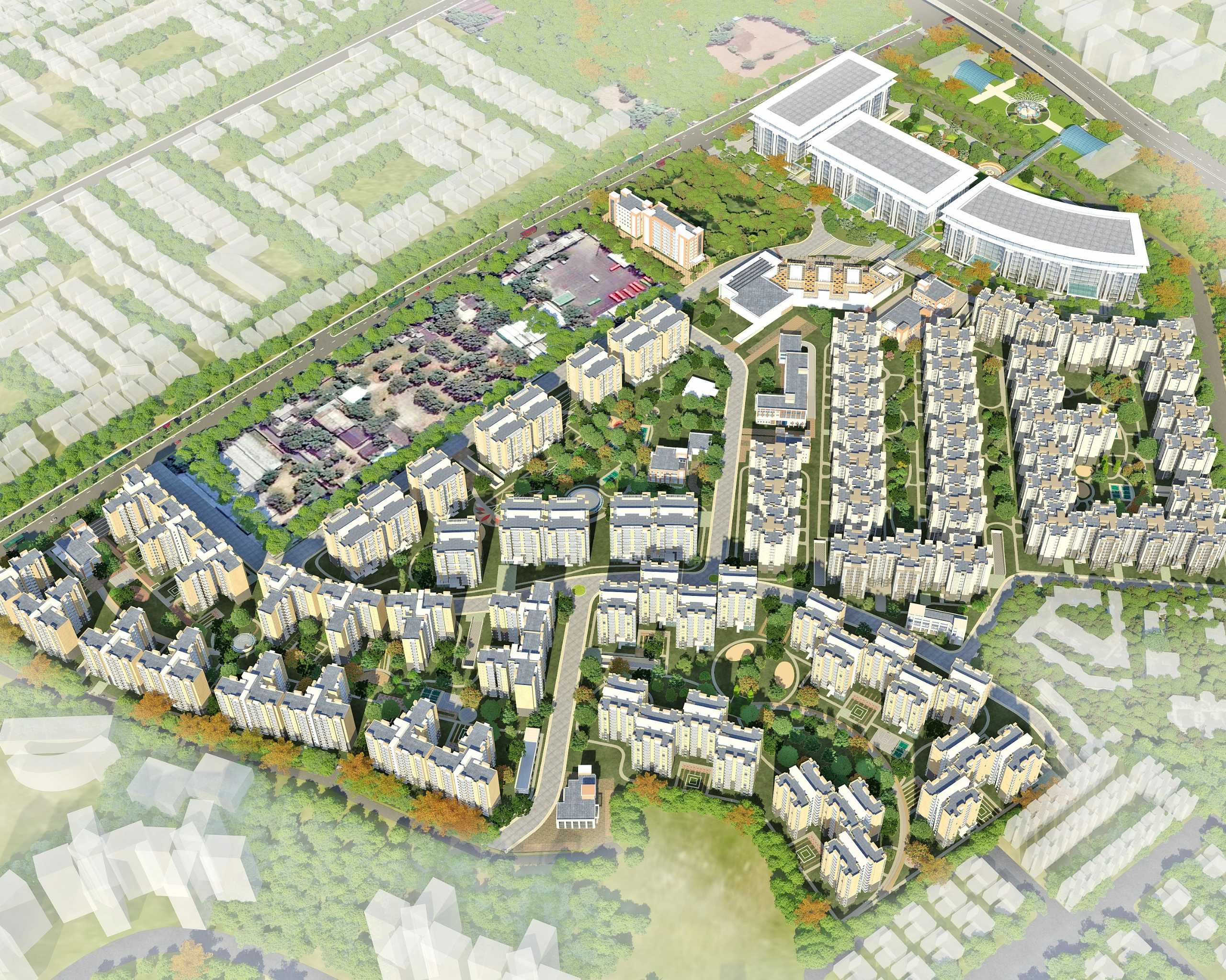Changing Design trends of the Indian Retail Industry

The unprecedented impact of the pandemic on all industries has shifted our approach towards creating resilient and meaningful designs for the future. Particularly in the retail sector, sustainability concerns are taking predominance, and the need for safer public spaces is changing its face towards an ingenious blend of traditional design principles with modern technology. As we have become more aware of our surroundings, physical commercial spaces need to step up and offer an optimized and safe retail experience that will engage with the users
The Indian retail industry is now witnessing tremendous growth with the changing demographics and an improvement in the quality of life of urban people. The growing affluence of India’s consuming class, the emergence of the new breed of entrepreneurs and a flood of imported products in the food and fashion sector, have driven the current retail boom in the domestic market. This growth has been ably aided by various supply drivers: new entrants in the market, expansion plans of existing players, infrastructure augmentation and the emergence of new categories. All these factors, together, have set the ball rolling for the massive enlargement of the retail industry.
Consumer Experience is the Key
One of the major factors that account for changing trends in retail is how consumers today are seeking new experiences as an essential part of shopping. Developing a visual and spatial experience that encourages the consumer to communicate and express interest can change the entire dynamics of the retail experience. However, this aspect is not always given adequate consideration. We must also note that shopping complexes today form a huge part of the public sphere where people interact, socialize and communicate with each other. The key to emerging retail design, should therefore be based on both spatial and functional requirements.
The concept of retail, which includes the shopkeeper-customer interaction, has taken many forms and dimensions from the traditional retail outlet and street local market shops to upscale multi-brand outlets, especially departmental stores. Hence, our approach towards the design of commercial spaces needs to go beyond the box-type monotony of modern buildings and provide a solution that is sustainable and connected to nature, while offering ample opportunities for engagement. One of the models to explore is the open-to-sky High-street ‘haat‘ experience, as it offers the best of both worlds – access to multiple retail stores and safe open spaces for customers to engage with. The interesting aspect of this model is that it has all the facilities under one roof, along with multiple galleries, piazzas and landscaped courtyards that reinforce the users’ connection with nature. Additionally, the space serves as a whole community in itself because it facilitates people to shop and relax within the complex, hence providing them with a social space to interact with, thereby augmenting lifestyles.
The overall shopping experience provided for consumers becomes an important factor for the success of any shopping area. Hence, efficient facility management also plays a key role in the success of any retail space. Varied retail spaces, restaurants, food courts, multiplex, convention center, clubs, serviced apartments, etc. all come together to form a vibrant mix of spaces. Orchestrating these functions in an integrated, yet organized manner, retail spaces are aiming to create a microcosm of the traditional vibrant urban fabric.
Sustainable Design
While consumer experience plays a major role in commercial spaces, an integrated design approach that considers the rules of environmental sustainability is equally necessary. Thus, the blueprint of future retail spaces needs to incorporate climate-responsive strategies that will improve the indoor air quality and microclimate by introducing greens inside the building, using renewable energy resources and local materials for construction. The incorporation of energy-efficient design strategies needs to be promoted to create a healthy and comfortable environment, while the use of natural elements and technologies must be highlighted to conserve our natural resources and increase occupant comfort. These strategies drive the rules of sustainability by catering to operational costs of the building and reducing waste and pollutants.
Such interventions in retail design and new research for developing future solutions can be attributed towards creating effective retail spaces for the future. Following the changing trends and consumer needs by developing proper methodologies and inducing knowledge in designers and architects in a more effective way can change the retail outlook and way commercial spaces are designed. As commercial spaces become the focus of our future developments, it is necessary to create innovative and environmentally conscious designs that minimize the negative impact of buildings and enhance their energy efficiency. There is a need for adopting a sustainable approach to retail design that ensures efficient use of our resources and does not damage the environment either in the present or in the future.




